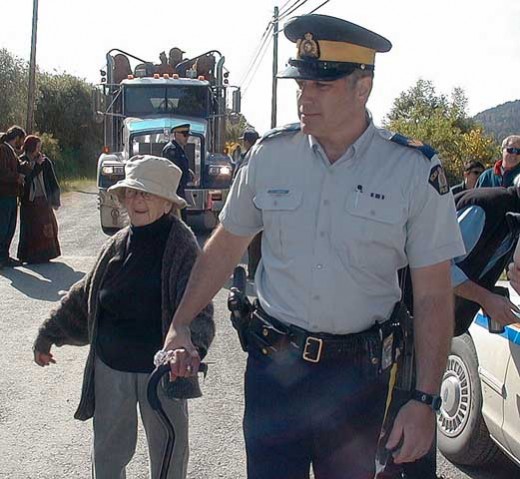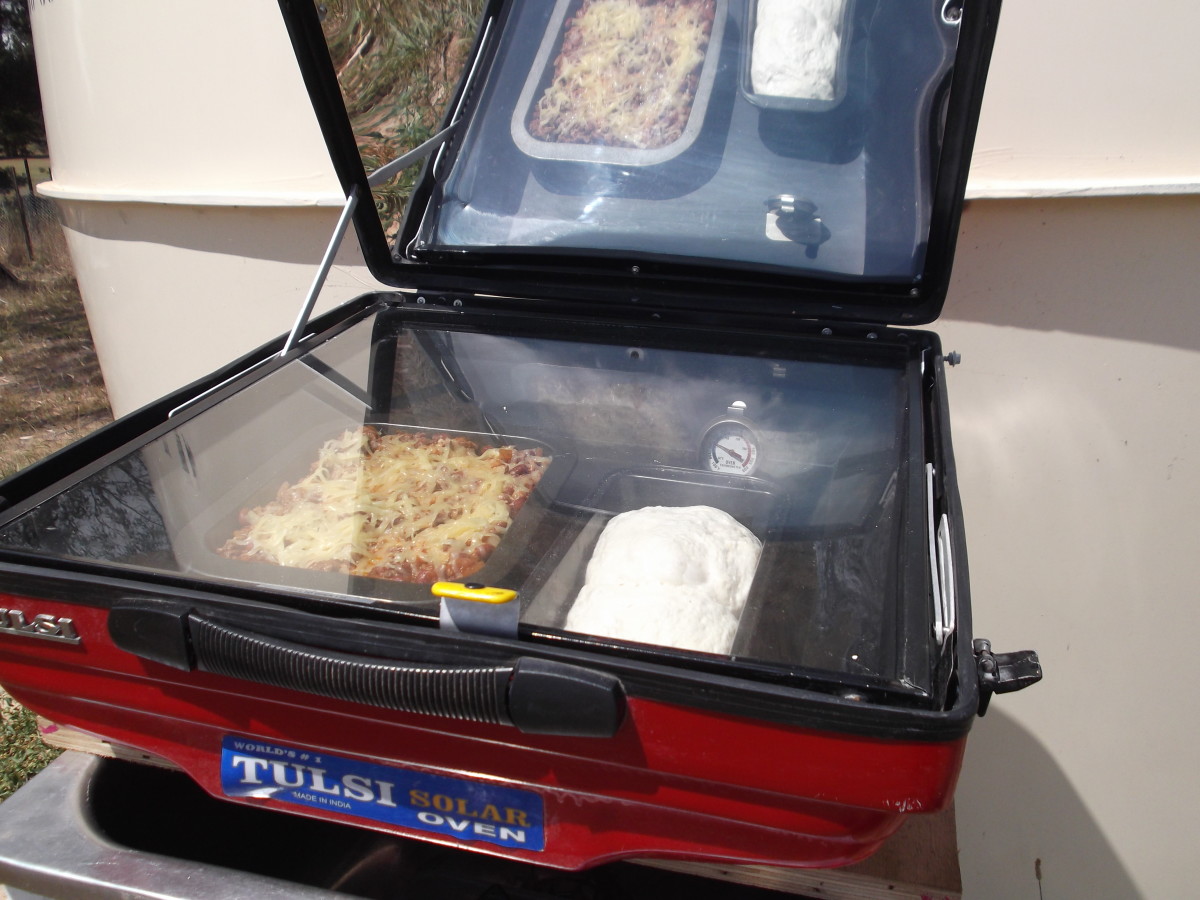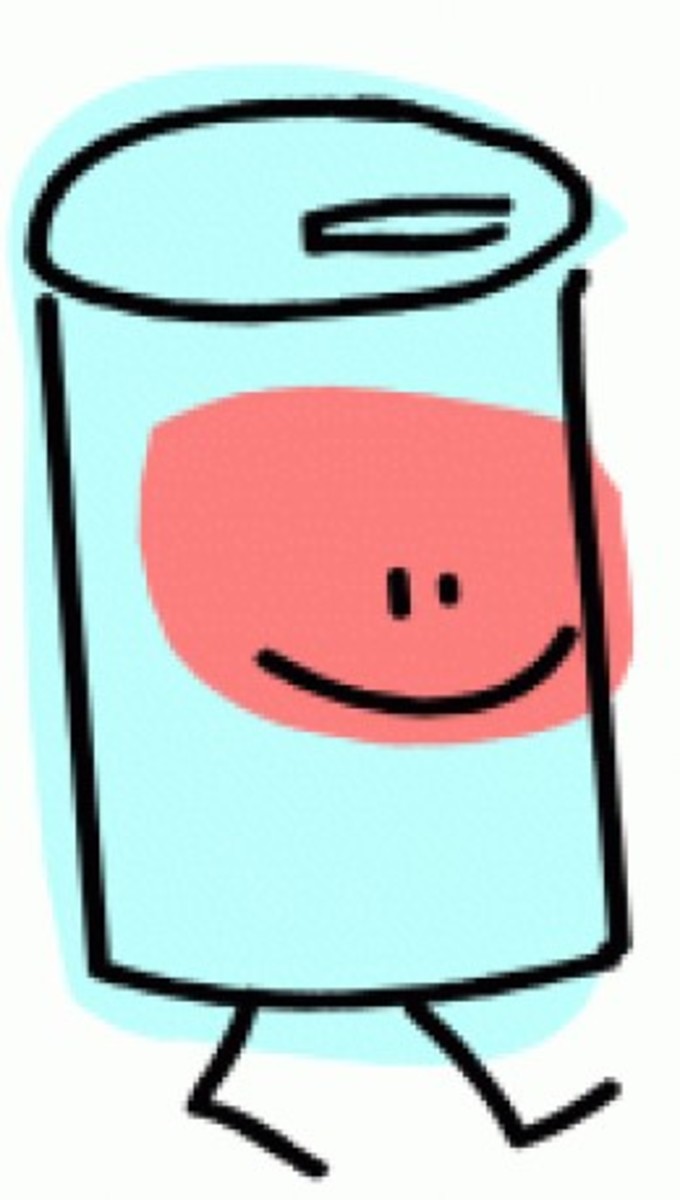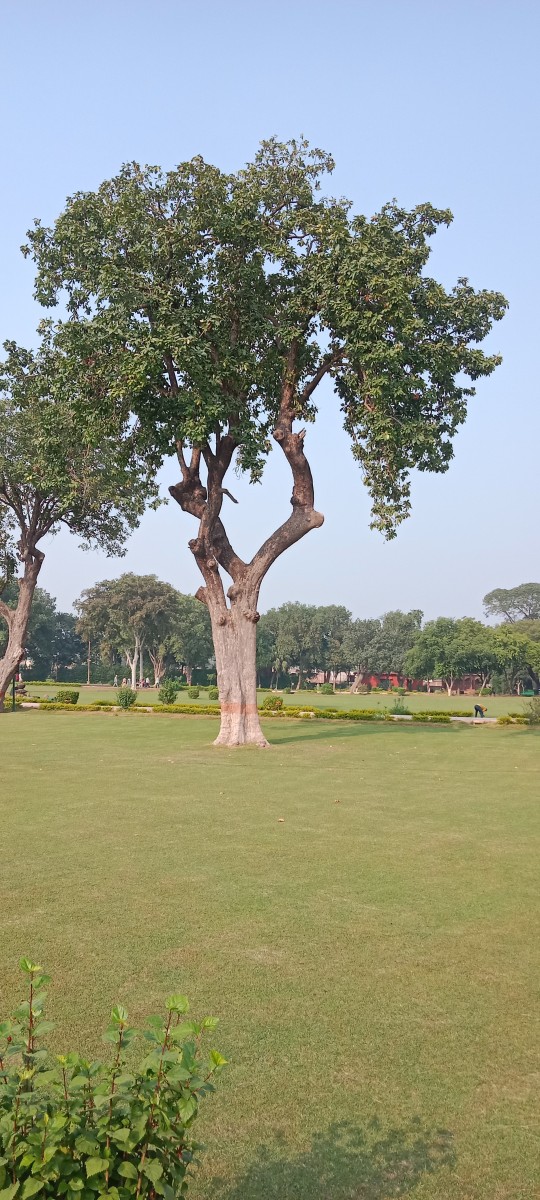Walking On Two Legs: Co-Creating Sustainable Communities
Fighting FOR Sustainable Communities
“Those who do not create
the future they want must endure
the future they get.”
— Draper L. Kaufman, Jr.
A New Rebellion
I recently read The Ecology of A Cracker Childhood by Janisse Ray. It's an engaging story by a woman who grew up in a rural junkyard in Georgia, USA. Janisse tells how she rose above stacks of old tires, rusting car hulks, and her "cracker" (poor, white, rural, uneducated) heritage.
In spite of that heritage, Janisse developed a life-long passion to save the Longleaf Pine ecosystem that once blanketed the US South. As well as the story of her life, her book is a call for a “new rebellion,” a plea to defend the remaining patches of old growth pine, what Ray calls the “real forest.”
“(T)he time has come,” she says, “to fight.”
But Janisse is a novelist, a poet—a creator. She sees not just what is, and despairs. She sees what could be, and asks, “Why not?” The most interesting aspect of the book, to me, is her he plea to Southerners to fight, not just against the forces of destruction, but for the natural heritage they all share.
“In the new rebellion,” she says, “we stand together, black and white, urbanite and farmer, workers all … willing to fight for the birthright of our children’s children and their children’s children, to be of a place in all ways, for all time. … The whippoorwill is calling from the edge.”
Walking on Two Legs

Walking On Two Legs
I like Janisse's two-pronged approach: fighting to resist what is harmful, and fighting to create what truly matters—a healthy forest ecosytem. It reminds me of the community change-making approach that Mahatma Ghandi called “walking on two legs.”
In the Ghandian tradition of nonviolent action,one leg involves noncooperation to resist obstructions to change. The other leg involves constructing an alternative society—creating a desired future. To create the community (or nation) you truly want, it is not enough to hop about on one leg. You need to walk on both legs.
Also, as Einstein pointed out, "The significant problems we have cannot be solved at the same level of thinking with which we created them."
Fighting, and the thinking that underlies fighting, got us into the ecological mess that now threatens our land, air, water, and even our climate and economy. (Ecology and economy come from the same Greek stem, oikos, meaning "household.")
Since the first Europeans landed in the Americas (and elsewher) they/we have waged a war against wild, untamed nature. It was, and is a war of conquest. It’s also a fight between those with money and power and those who love the land and value the systems of life that sustain all health, wealth, and well being.
But, history shows that fighting solves little. What we merely resist, persists.
Fighting is a form of problem solving, an extreme form of reacting or responding to unwanted circumstances. Fighting is not sustainable, because it is driven primarily by fear, hate, and anger—emotions that ebb and flow. Fighting depletes energy, and depresses people. People despair, burn out, and give up. Even if you win, you usually merely get rid of a problem, and often only temporarily. You do not get what you truly do want. Worse you often end up with bigger problems.
Although sometimes necessary, fighting and other forms of problem solving, by themselves, are strategies in which everyone can lose. To create what we DO want in our communities, and world, we need to go beyond fighting against what we don't like and don't want. We need to adopt Ghandi's approach to walking on two legs.
A Paradise Worth Saving

Excessive Compassion Involving Tea?

From One Legged to Two Legged Walking: A Local Example
I used to live on Saltspring Island, a small island off Vancouver Island, BC. A few years before I moved away, the Texada Land Company purchased one-tenth of the island, mostly forested land. They planned to clear-cut it, develop it, and sell lots to the highest bidders. Such a plan, if completed, would radically alter the ecological and social integrity of the island. Activists immediately sprung into action, organizing protests, demonstrations, and fighting back against the development company.
One day, protesters stopped a logging truck in the center of town. A slight woman (a single mother of two) slid under the truck and locked herself to an axle. In response, the Royal Canadian Mounted Police (RCMP) directed an intimidating show of force against citizens supporting and witnessing the protest. It appeared as though the Mounties sided with money and power over concerned citizens.
When, for example, two loggers scooped handfuls of mud and stones off the truck chassis, and dropped them on to the woman under it, the police did nothing. On-lookers, incensed by this cowardly, criminal act, shouted at the loggers to stop. Instead, they made a game of dropping more mud and stones on the woman's face. As the crowd swelled, the shouts grew louder. Finally, an RCMP member asked the men to move away. Throughout the rest of the afternoon, though, the mud-droppers walked freely within the police tapes, laughing, chatting, drinking coffee with RCMP, and taunting the crowd of onlookers and protestors. When asked why they were allowed that freedom, a senior RCMP member replied, “Because it’s their truck.”
A couple of hours into standoff, two caring citizens tried to give the woman under the truck something to drink. One was arrested. The other was “detained,” and questioned. (Perhaps the charge was excessive compassion involving hot tea.)
Angry demands from the now-substantial crowd to release the men resulted in the deployment of a “quick response” squad. Flown in earlier from Vancouver Island, they were clad in black, military-like uniforms and jackboots. Carrying sidearms, tear-gas, and pepper spray, they jogged out in lockstep from behind a building, and quickly deployed around the truck. Men and women dressed more like Nazi storm troopers than red-coated Disney dolls glared angrily at citizens who lit candles, sang softly, and tried to explain this heavy-handed reaction to their children.
Beyond Problem Solving: "Creating" As A Second Leg
Yes, that afternoon and evening, it felt like a war—a fight between good and evil. But, in such problematic circumstances, if all we do is fight, we will surely lose. As Einstein cautioned, to get beyond such difficulites, we need a different kind thinking.
“There is,” says Robert Fritz, “a profound difference between problem solving and creating. Problem solving is taking action to have something go away—the problem. Creating is taking action to have something come into being—the creation.”
Creating is the second leg. It is sustainable. It is driven by passion, love—the desire to bring what we love into being. Creating deeply-desired results generates confidence. It builds momentum. And action increases energy for more action.
Creating includes, but goes beyond, problem solving. It provides a structure—an organizing framework for action—that can include yet transcend resistance. Creators learn. They invent, innovate, and develop new processes and strategies. Creating makes possible what, in a reactive, problem-focused stance, seems impossible.
In a two legged, creating approach, we would not only resist the money-grubbing Texadas of the world. We would also envision and take action to bring into being the kind and quality of community and environment we most want to live in.
We would give time, money, energy and other support to help acquire and conserve park and farmland. We would support sustainable forestry and agricultural cooperatives that ensure jobs, and food security. We would join Food Coops and Community Agricultural programs that link local food producers with local customers. We would support merchants and service providers who support a sustainable approach. We would share our enthusiasms with friends, associates, other churchgoers, and in kitchen-table discussions across our community. Together we would envision and co-create the community loved, and wanted to see exist.
That's what many of us islanders knew we had to do!
The Island: Walking On Two Legs
Like Janisse Ray and those who love the Longleaf forests of the South, those of us who loved the Douglas fir woodlands, Arbutus groves, and Garry Oak meadows of our endangered Saltspring knew we had to take create an approach to retain and preserve what we had.
As well as resist those who focused merely on “the money, the money!” we needed to take action for our natural heritage, for the integrity of the land we loved, and for the birthright of our children, and their children’s children.
Texada we knew was not just “an issue,” a problem that we "had to" solve. More “issues” would surely pop up as the island grew, and developed. Fighting issues one by one is a reactive, problem-solving approach. It would divide us, burn us out, and eventually defeat us. We also knew that the alternative, creating a livable community and a sustainable ecologic and economic base was not just a quick-fix reaction. It was, as David Suzuki recently remarked, the work of a lifetime.
The group we gathered together included much more than fighters and protestors. It included visionaries and creative minds, artists and professionals. In a two-legged approach, we not only opposed the logging and development plan, we created an alternative vision, and plan to implement it. In public meetings, slide shows, and full page newspaper ads, we showed how important the Texada lands were to the future of Saltspring. Then we mapped out a strategy to show how the land could be saved, and used in service of the community, and Life itself.
It worked. People "got" the vision, and signed on to support it. We raised millions of dollars from private and public sources to buy back the land for the parks, working forests, organic farms, and appropriate development that that we'd envisioned. We took action to create and sustain our children’s children’s birthright.
In the end, for the developers, it was all about the money. After clearcutting a few small areas, and seeing the opposition arrayed against them, they took the money we offered, and left. The logged land has since been reclaimed. Much of what was not logged has been turned into linked parks. A green and sustainable "mixed use" residential community is planned for a suitable spot near one of the bays. The integrity of the community was restored. A new future came into being.
The real success that came from walking on two legs was not saving the land, and creating thousands of acres of parkland, and sustainable living areas. We created a stronger community, a resilient community. We created a community that feels empowered to take care of itself, it's people, and it's precious natural resources.
In any community—rural or urban—the people: farmers and pharmacists, loggers and librarians, retailers, realtors, B&B operators, teachers, artists, musicians, retirees, boat builders, young people, … all of them, together, have power. Together, they can co-create the healthy neighborhoods, pristine lakes, healthy forests, fish-filled streams, healthy, toxic-free food, and the prosperous local economies we all so deeply long for—in harmony with the ecological systems that sustain us all.
Co-creating brings people together. It changes the way they and their community live, love, and lead their lives. It changes they way they grow. Unlike the polarizing response of the police or protestors, a two-legged, co-creating approach can build bridges between adversaries, and bring harmony to a divided community.
Saltspring did it. Curitiba, Brazil is doing it. Janisse Ray is making progress in Georgia. Walking on two legs, and co-creating together, a community can preserve and enhance the natural systems on which all its health, wealth, and well being depended—and create the community they'd most love to live in.
If not us, who? If not now, when?
-----------
Bruce Elkin wrote Simplicity and Success: Creating the Life You Long For and the free ebook THRIVE! Creating What Matters In Challenging Times—And Beyond. It's free. Get yours at: http://www.bruceelkin.com/thrive-e-book.html









